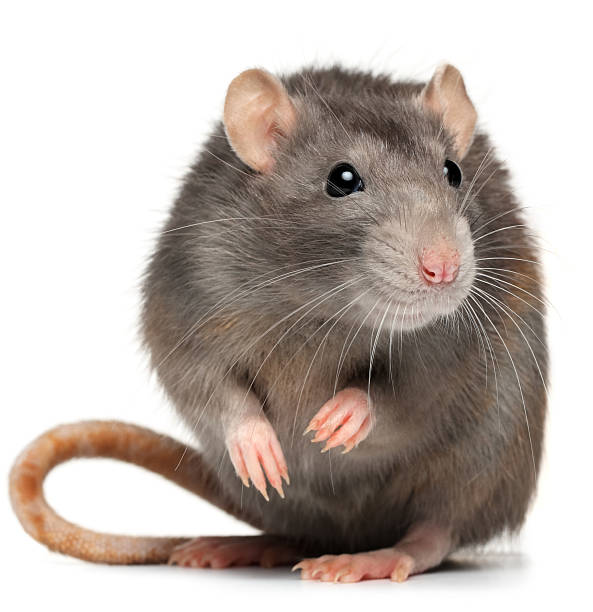Decoding the Behavior of Pet Rats
Pet rats, often known as fancy rats, are gaining popularity as household pets due to their intelligence, social nature, and intriguing behaviors. However, these behaviors, often baffling to new rat owners, are actually complex communication methods with their own meaning. Let's delve into the world of pet rats and decode their unique behaviors.

Rats have been associated with humans for centuries, initially as pests, but later as beloved pets. The first domesticated rats were likely to have been brown rats, bred for their color and size in the 19th century. Today, the fancy rat, a term coined by rat-keeping enthusiasts, is the most common pet rat species. Over the years, advancements in veterinary science have allowed us to understand rat behavior better, leading to improved care and treatment methods.
Recent studies have revealed fascinating insights into rat behavior. Scientists have discovered that rats experience regret, a complex emotion previously thought to be exclusive to humans. Rats also display empathy, often helping each other in distress, and exhibit laughter when tickled. These findings have caused a surge in rat adoption, as pet owners seek intelligent, emotionally aware pets.
When considering pet products for rats, rat hammocks are a trending item. These hammocks, ranging from $10 to $20, provide a comfortable space for rats to rest and play. Market analysts predict a steady growth in the rat hammock industry, reflecting the increasing interest in rat ownership.
Rats use a variety of behaviors to communicate. Bruxing, or teeth grinding, is often a sign of contentment, similar to a cat purring. Boggling, where a rat’s eyes bulge in and out rapidly, may look alarming but is usually a sign of extreme relaxation. Piloerection, where a rat’s fur stands on end, is an important signal of aggression or fear.
Understanding these behaviors can greatly enhance the bond between pet rats and their owners. Recognizing signs of fear or distress allows for prompt veterinary intervention, while understanding contentment behaviors can foster a positive relationship.
However, it’s essential to remember that, like humans, each rat has its own personality. What may be a sign of happiness in one rat could be a sign of stress in another. Therefore, spending time with your pet rat and observing their behavior is crucial to understanding their unique language.
Pet rats, with their complex behaviors and emotional intelligence, are fascinating creatures. As veterinary science continues to uncover the mysteries of rat behavior, we can look forward to deeper connections with these intelligent, social animals. Through understanding and interpreting their behaviors, we can offer them the care they need and deserve, strengthening the bond between humans and their pet rats.




